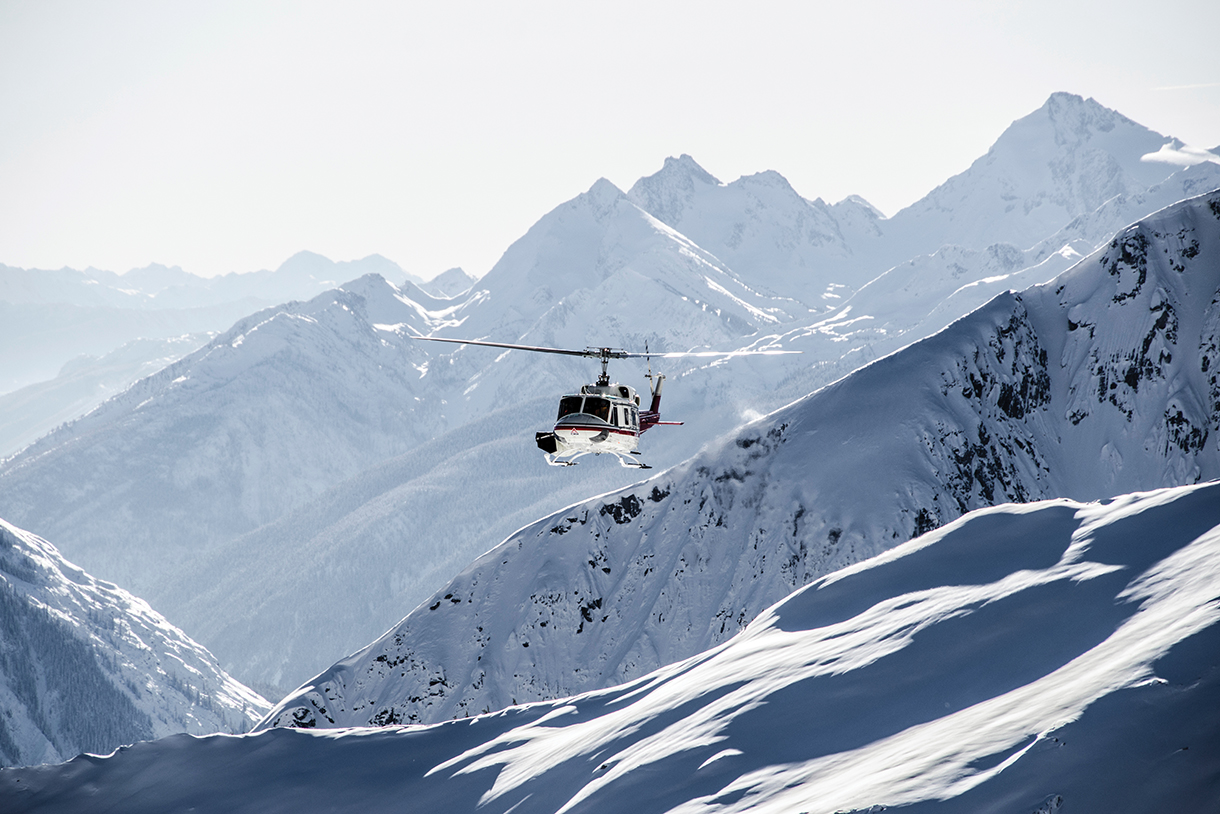
Heli-Skiing for the Ultimate Ski Experience
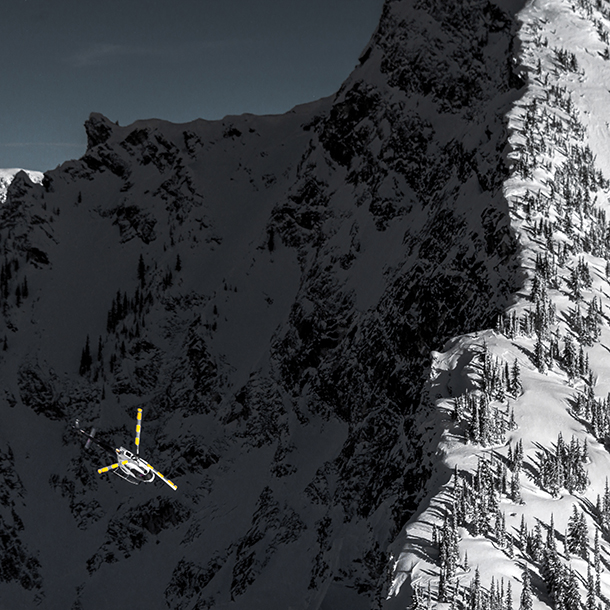
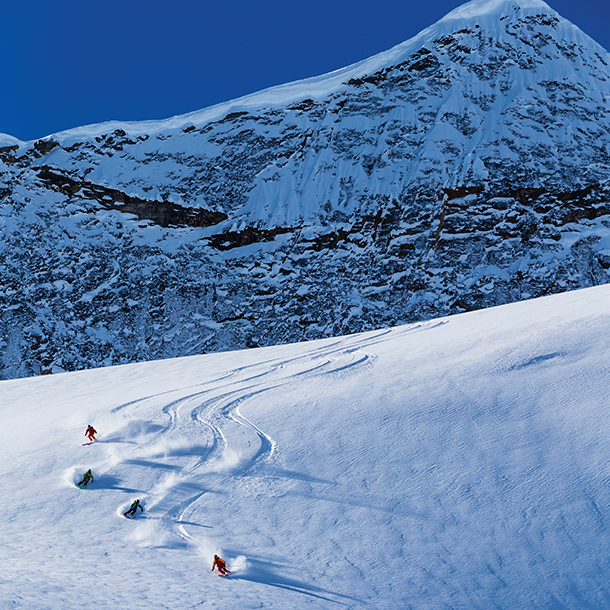
In skiing, size does matter, and a typical heli area is more than 100 times the size of a conventional ski resort. On a holiday weekend, the busiest resorts can attract more than 20,000 skiers, while most heli areas see about two dozen. To put that in perspective, if you could buy out Aspen Mountain and were the only person skiing, that scene would still be more densely crowded than many heli-ski lodges. But ultimately, it’s about powder, skiing’s holy grail. Fresh snow still closes stores in some ski towns so owners can chase it and draws resort skiers and riders like moths to a flame, so that even huge mountains can quickly get “skied out.” The whole raison d’être for heli-skiing is deep, fresh, unbroken powder just for you, run after run, from morning until it’s time to quit.
“Everyone should get a taste of heli-skiing, because you find perfect conditions that you just never get at a regular resort,” says Tommy Moe, the first American to medal twice in a Winter Olympics. While the world is full of great ski trips, the true bucket list fantasy is heli-skiing, and the main roadblocks are ability level and price. Advances in skis and the expansion of heli operators into less-aggressive terrain have opened the playing field, so upper intermediates can give it a go. Safety equipment, especially airbag backpacks, have dramatically improved (all needed gear, including fat skis and packs, are typically included for the day). For fuel costs, price tags remain daunting, yet the quality of the experience is so addictive that some repeat heli fans warn newcomers not to try it unless they are prepared to dish out year after year for the rest of their lives (it is that hard to go back to lift lines). But, if you are ready to see what it’s all about, these are the best places to go.

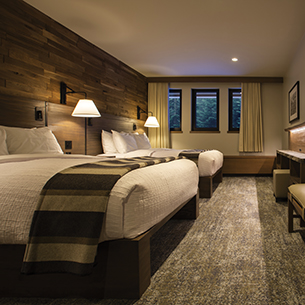
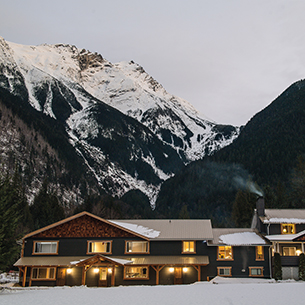

HELI-SKIING IN BRITISH COLUMBIA, CANADA
The birthplace of heli-skiing in the 1960s, British Columbia remains the sport’s epicenter with the biggest operators, the oldest operators, and the most operators—about three dozen of them, each with their own huge, exclusive, permitted skiable terrain. Almost all trips are based at purpose-built lodges, often reached by helicopter, and are self-contained for the duration of your trip, so even the most luxurious lack the non-skiing options you’d find in top ski towns—like full-service spas and restaurants.
Nearing 60, CMH Heli-Skiing & Summer Adventures was the world’s first commercial heli-ski operator and today is the largest, with 11 destinations in different parts of British Columbia. In addition to experience with everything from guiding to lodge cuisine to hospitality, the company has logistics down to a science and its scope allows it to offer more options for more skiers and riders, with one-, four-, five-, six-, and seven-day options as well as terrain that ranges from relaxed to double-black expert. These include Powder Intro trips for first-time heli-skiers; small-group skiing; private groups (where your party gets its own helicopter); and exclusive lodge takeovers where you get everything to yourselves. CMH’s 11 resorts total over 3 million skiable acres, far more than every ski resort in North America combined. The flagship product, The Signature Trip, is up to seven days, with an average guarantee of up to 100,000 vertical feet. All-inclusive trips (except alcohol, spa treatments, and airfare) average from $1,650/person/night; cmhheli.com
A five-time winner of the World Ski Awards’ World’s Best Heli-Ski Operator, Bella Coola Heli Sports is known as British Columbia’s veteran luxury operator, guiding small-group trips based out of two lodges, two ranches, or off a 138-foot Catamaran that accesses 3.55 million acres of otherwise untouched coastal ranges, including first descents. All five options include round-trip private air charter from Vancouver for easy access, and packages are all-inclusive with terrain suitable for strong intermediates and up. Five-day packages from $1,650/person/night; bellacoolaheliskiing.com
In 2022, luxury outdoor experience company Eleven bought the former historic Explorers Society hotel in Revelstoke and turned it into the Eleven Revelstoke Lodge, with nine rooms, a rooftop lounge, a hot tub, a fireplace, a sauna, and a full restaurant serving creative local dishes and cocktails. This is an exception to the typical remote, lodge-based heli-skiing in British Columbia, and good for those who prefer a hotel-style experience in the heart of a charming Victorian ski town—one surrounded by famously deep powder. Eleven has partnered with Kingfisher Heliskiing, an experienced local heli-ski company known for its personalized trips, with groups capped at 12 to enjoy 300,000 acres in the Monashees. Because it is more hotel-style, lengths are up to guests with a minimum of three days. From $2,911/person/night; elevenexperience.com
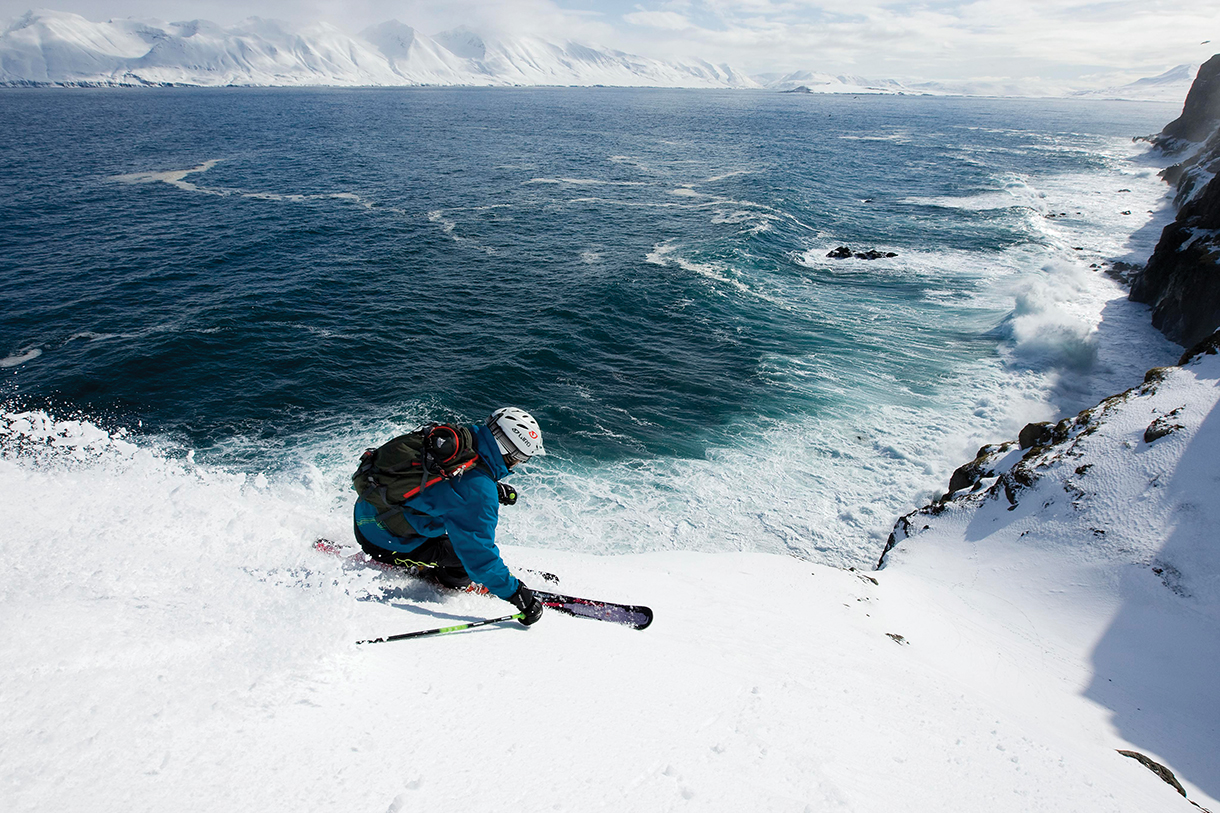
INTERNATIONAL HELI-SKIING
Multiday heli-skiing vacations are the norm in Alaska and Canada, but in almost every place else, from the Alps to Japan to New Zealand, heli-skiing is a one-day or even one-run experience added onto a “regular” ski trip. There are some notable exceptions, which tend to skew more adventurous and/or luxurious.
Iceland and Greenland have been emerging as heli destinations and both have good operators offering multiday destination trips. Iceland-based Arctic Heli Skiing has been offering weeklong Greenland trips for two decades, based out of the Hotel Kulusuk on the east coast, with access to the deep fjords and scenery the country is famous for. There is a max of 16 guests (ski groups of four or less) per week and all-inclusive seven-day packages are $14,665/person (not including airfare). The company also offers four- and six-day packages in North Iceland, known for its “summit-to-sea” runs, with included down-day activities using high-end gear, such as hot springs visits, whale watching, ski touring, fishing, and more. From $9,765/person/four nights; arcticheliskiing.com
Elemental Adventure is a global heli-ski operator best known for its pioneering of private, yacht-based heli-skiing (charters only, no group trips). But Elemental also offers lodge and hotel-based packages in unlikely places, including India, Iceland, Albania, and Turkey, which it calls “Heli-Skiing’s New Frontier.” Iceland packages from $9,720/person/four nights; eaheliskiing.com
Closer to home, there is one notable, multiday operator in the Lower 48, and it’s one of the nation’s oldest. For 47 years, Ruby Mountains Heli has been guiding in the little-known Ruby Mountains of Nevada, near Elko. While Ruby flies under the radar, it’s a first-rate operation with access to high-alpine glaciated bowls as well as shorter, wooded runs that are great for first timers; the company offers shorter packages, wonderful food, and it’s the easiest heli vacation spot to get to. Ruby 360 Lodge takes a maximum of 16 guests and has 200,000 skiable acres, state-of-the-art skis and gear, and snowcats in case the weather is too bad to fly. The lodge is nicer than most and feels like a private mountain home with handcrafted meals. From $5,950/person/three nights; helicopterskiing.com
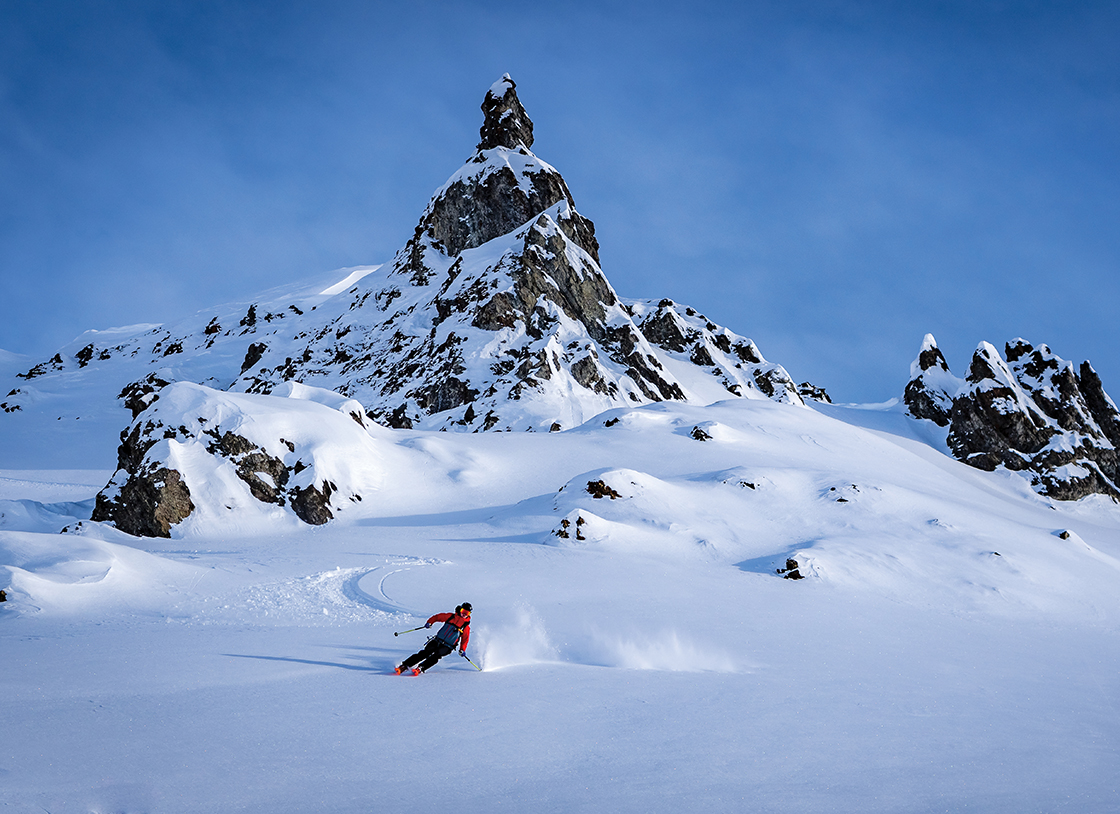
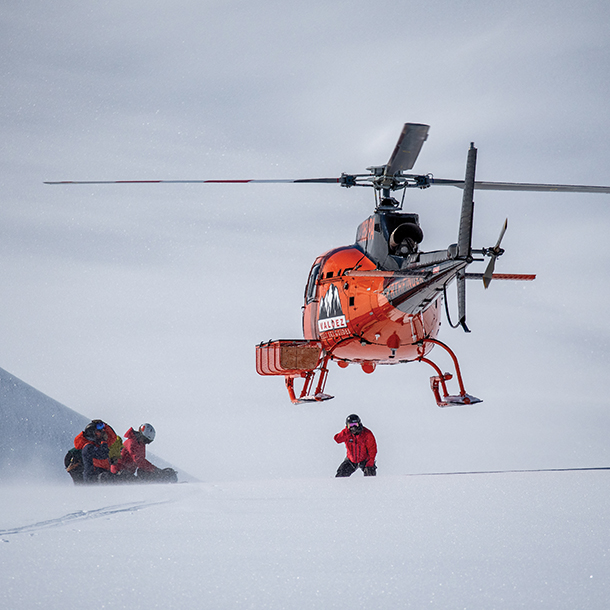
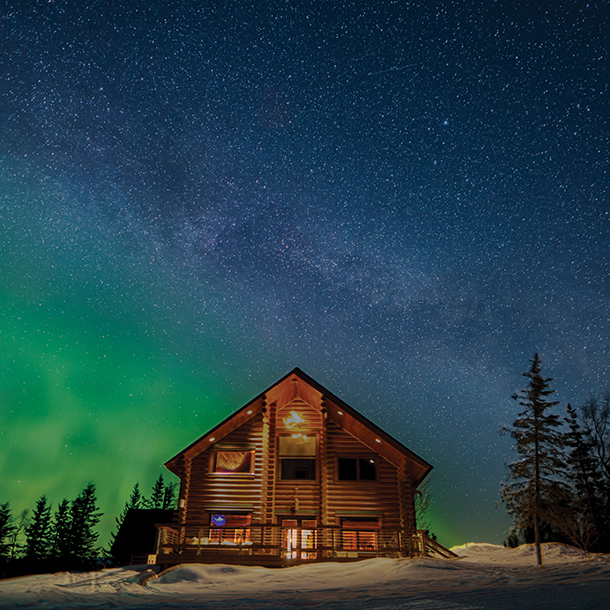
HELI-SKIING IN ALASKA
On the surface, options in Alaska look similar to Canada, with many lodge-based trips, but the skiing itself is very different. British Columbia mountains are more rounded, and most trips start in bowls above the tree line, then drop into the woods and are often more than half gladed. Alaska mountains are sharper and more jagged, generally steeper (often much steeper), and you rarely enter trees at all. The landscape is more what you see in extreme ski movies, with chutes and exposed cliff bands, and runs are long and exposed. This typically caters to higher abilities, those who can readily ski black and double track trails at big-mountain resorts, with virtually no upward limit—there is terrain as extreme as you can imagine. There is less-advanced skiing, but not as much as in British Columbia, and Alaska is often a follow-up trip for strong skiers who have tried heli-skiing elsewhere and seek something bigger. Also, because of weather and daylight, the Alaska season runs later—March and April are still prime—which is good for those spending a season building toward a dream trip.
The gold standard of Alaskan heli-skiing is the Tordrillo Mountain Lodge, co-founded and co-owned by Olympian Tommy Moe, who sometimes personally guides. A luxury operation, Tordrillo has two different lodges on-site, the main one with individual guest rooms and two, two-person cabins, and the luxe, eight-person Judd Lake Lodge for group takeovers with its own chefs and a private helicopter. Both lodges offer cross-country skiing, fat-tire biking, and snowshoeing, and all are Saturday to Saturday, seven-day packages. Tordrillo’s permits cover a mind-boggling 1.2 million acres (North America’s largest ski resort has less than 8,200 lift-served acres) that average 600 inches of snow, with views of Denali, the continent’s highest peak. The Lodge has made a reputation for its Kings and Corn program, combining summer skiing with world-class fly-fishing for the largest salmon species, King (Chinook). The daylight is so long you can get in a full day of skiing and full day of fishing in the same day, and this has become a holy grail trip for dual skiing and angling junkies. $18,000/person/seven nights; tordrillomountainlodge.com
Chugach Powder Guides is another venerable Alaskan outfit that is unusually based out of the state’s largest ski resort, Alyeska, so guests can stay in a resort hotel, mix in resort skiing, and enjoy a greater variety of cuisine and experiences. It is also easily accessed by car from Anchorage, Alaska’s main gateway airport, with no remote flights. CPG has 25 years of experience and offers snowcat skiing as a powder backup for Alaska’s infamously uncertain weather, which can ground choppers. The flagship product is a four-day trip, perfect for combining with Alyeska, including hotel lodging. From $7,750/person/four nights; chugachpowderguides.com
Another very well-known company with a long track record is Valdez Heli-Ski Guides, founded in 1993 by World Extreme Ski Champion Doug Coombs and known for a high guide-to-guest ratio and longtime veteran staffers. This is the Alaska terrain people see in movies: knife-edge ridgelines, glaciers, long runs blanketed in deep snow. The Tsaina Lodge is less remote than most, with a bar and restaurant so popular that locals make long drives to enjoy it. From $8,750/person/six nights; valdezheliskiguides.com




